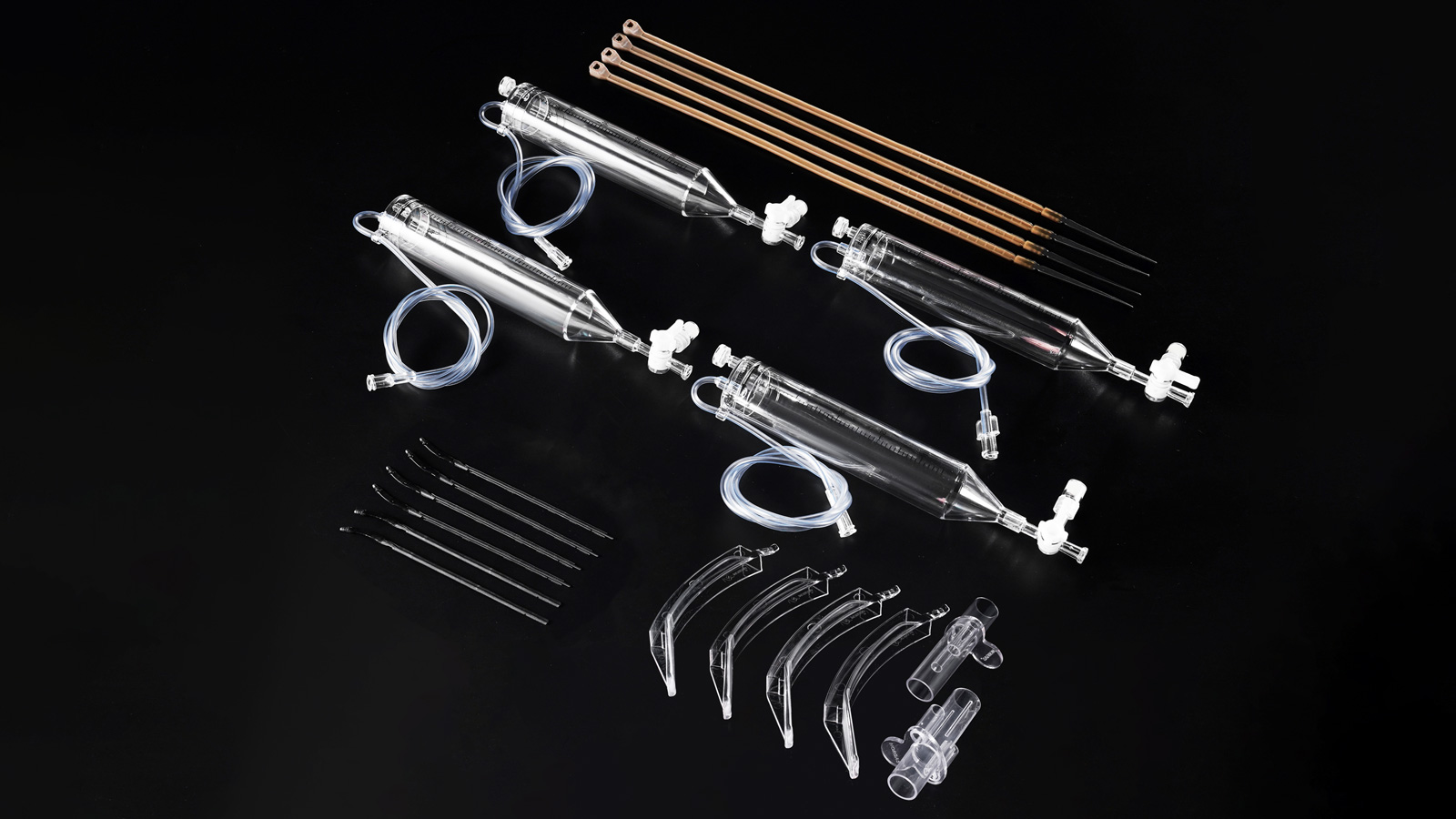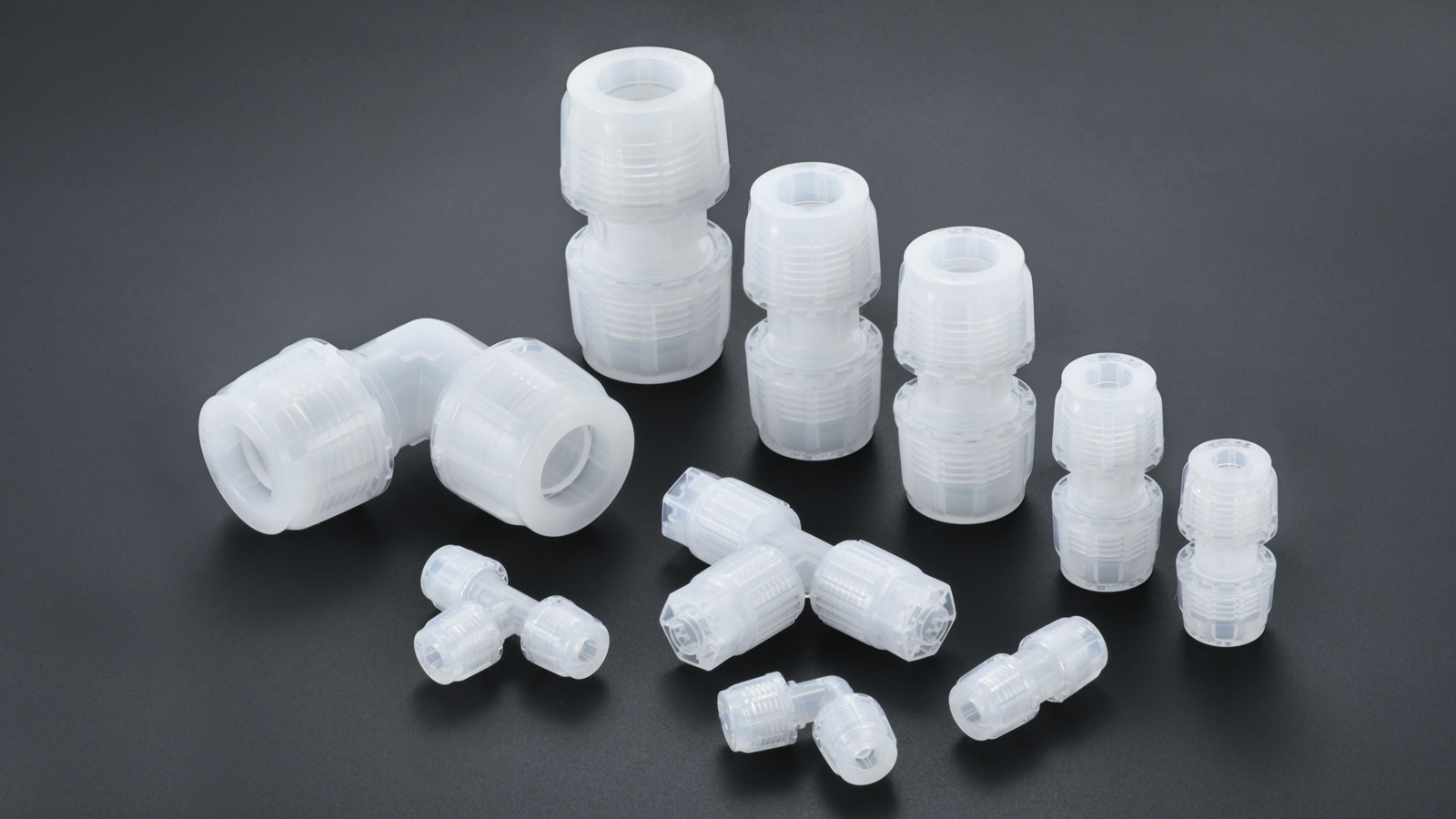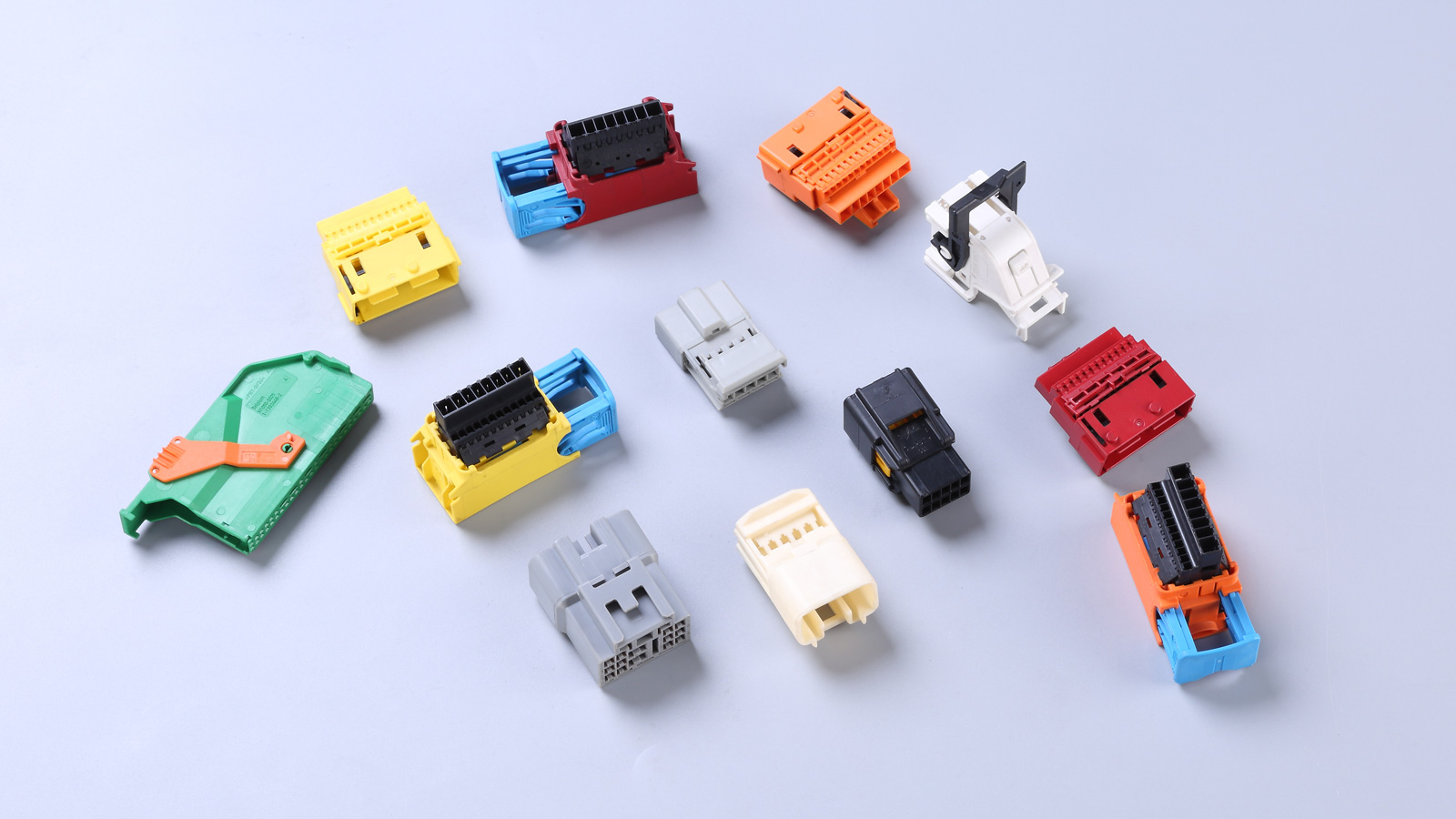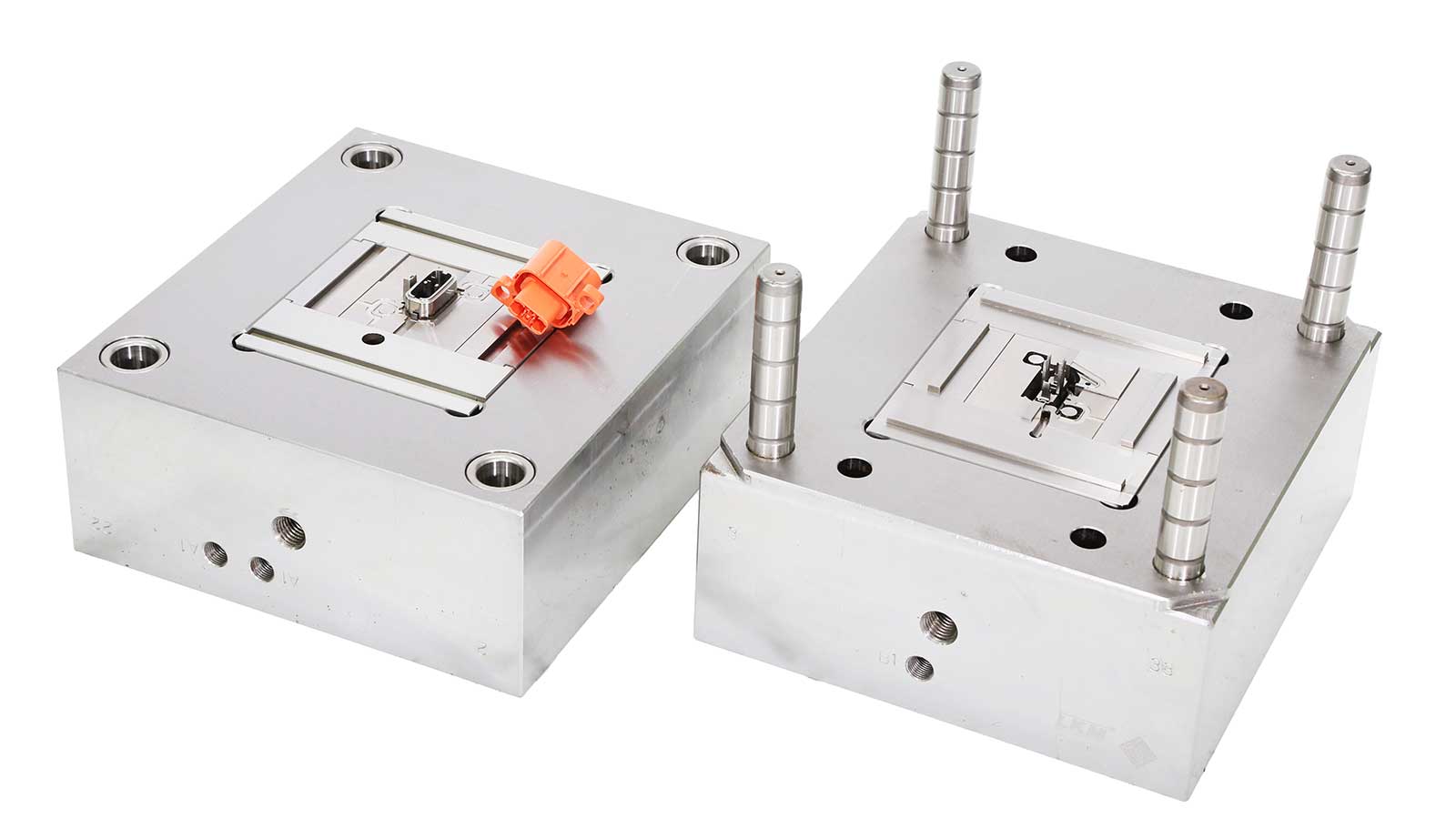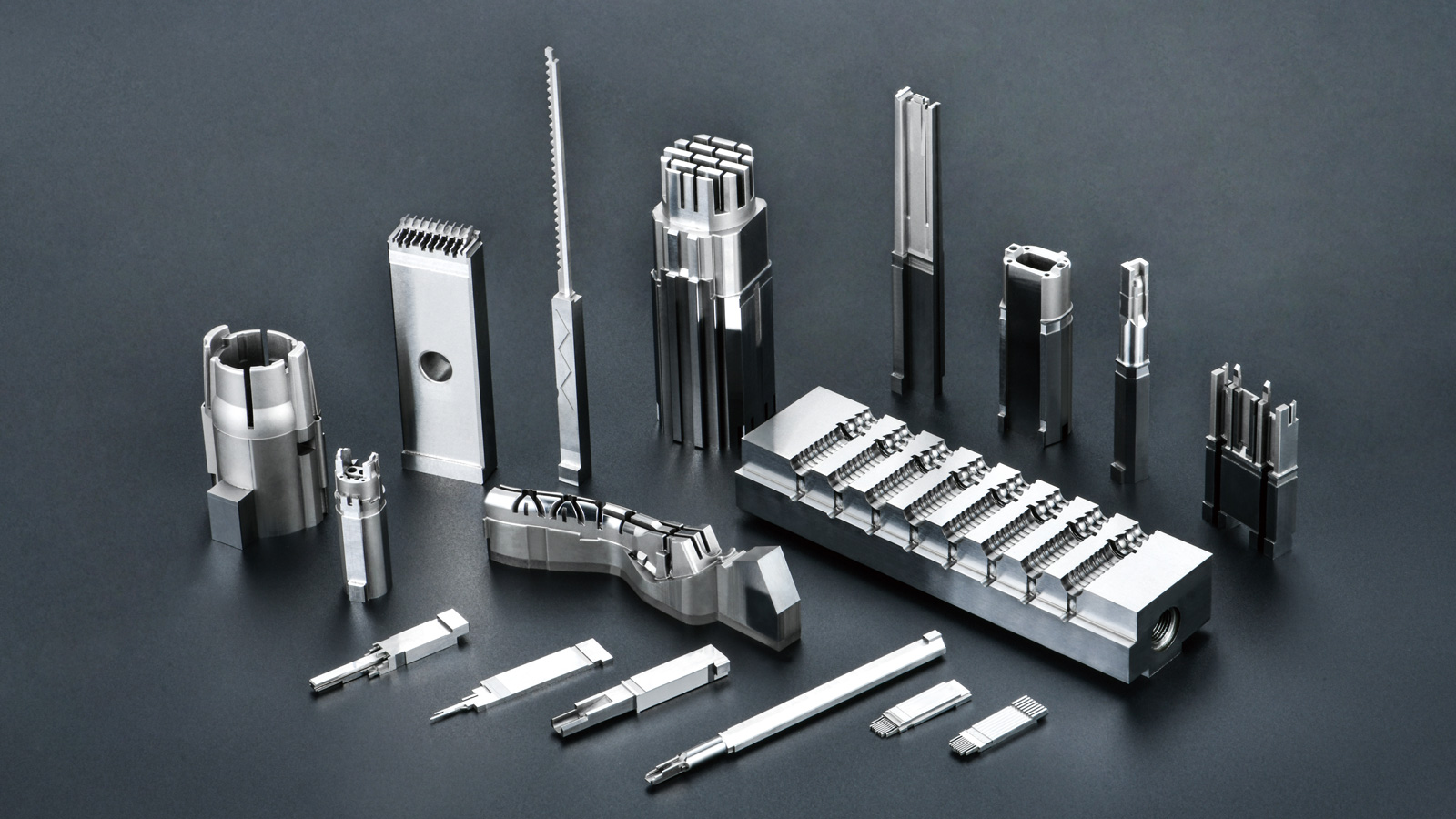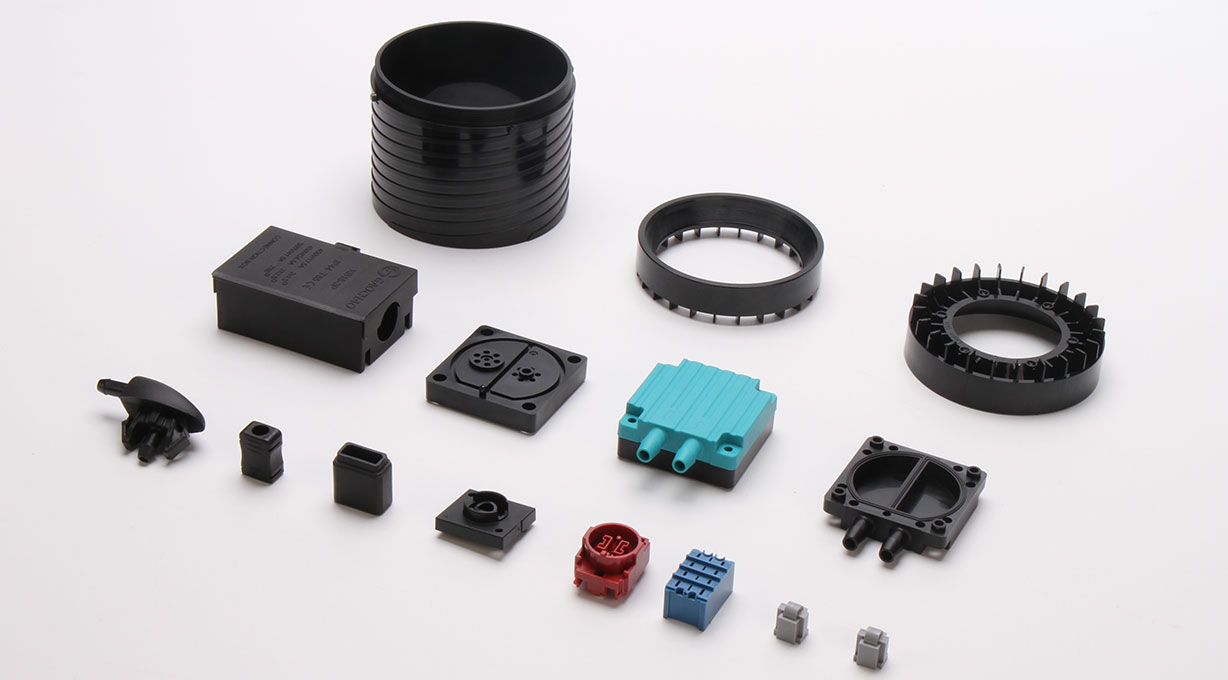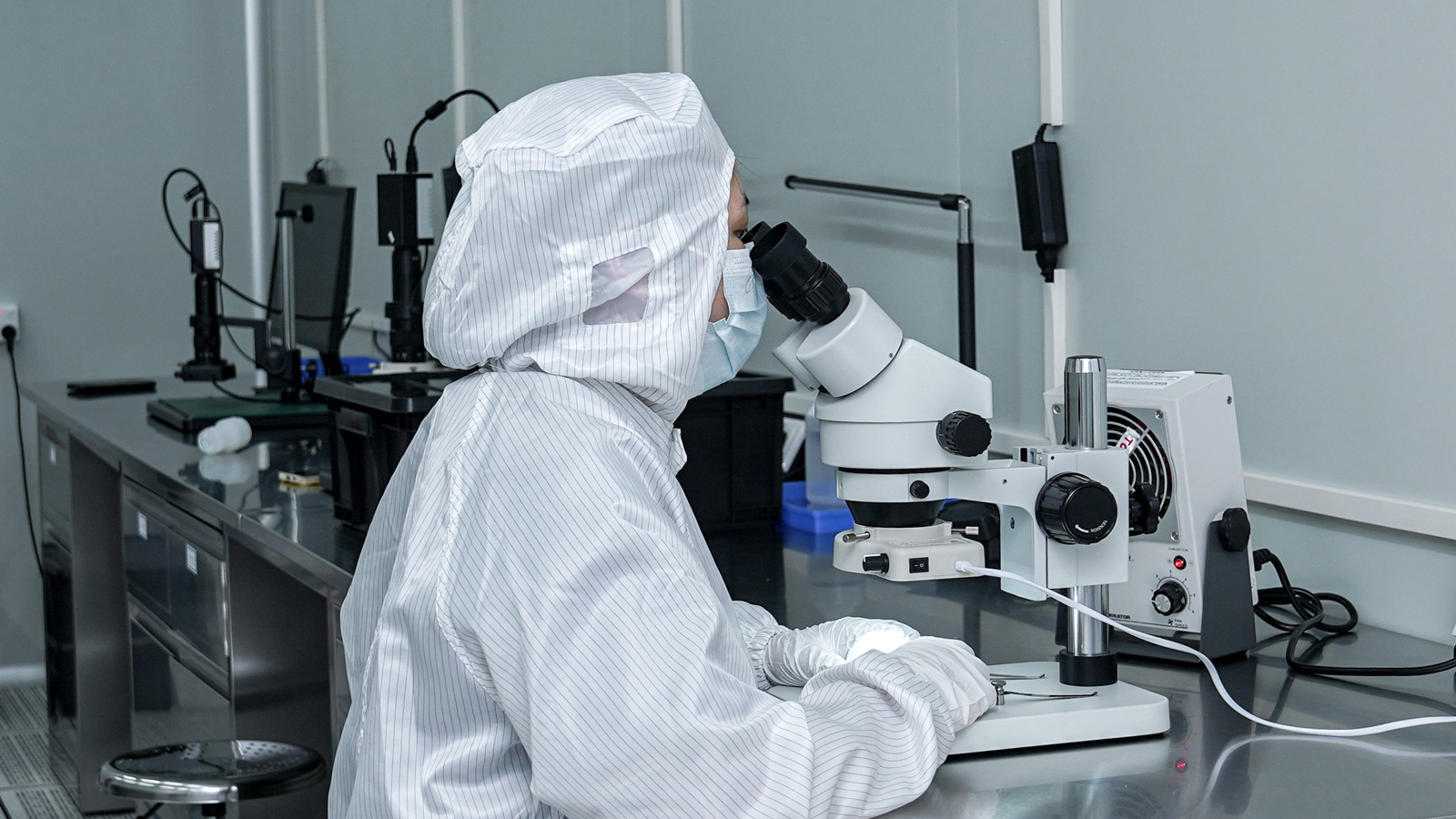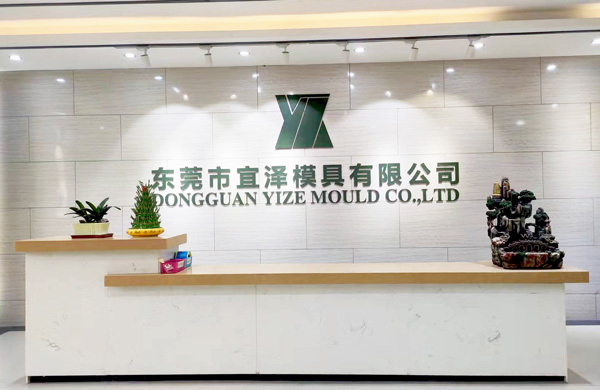Among the numerous processing procedures of injection molds, electrical discharge machining (EDM) is undoubtedly a crucial and unique technology. Let’s delve into its principles, characteristics, and the underlying secrets together.
Unveiling the Principle of EDM
The principle of EDM seems complex but is actually ingenious. During the processing, the workpiece and the tool electrode are placed in a flowing working fluid. They are respectively connected to the positive and negative poles of a pulse power supply. At this point, the pulse generator comes into play, causing pulse spark discharge between the workpiece and the tool electrode.
This discharge phenomenon is extremely short – lived and only occurs at small points in the discharge area. Because of this, energy is highly concentrated, and the current density in the discharge area becomes extremely high. Under the action of such powerful energy, the metal material melts and vaporizes. Small pits are corroded on the surfaces of the workpiece and the tool electrode. As multiple spark discharges continue, countless such small pits gradually form on the surfaces of the workpiece and the tool electrode. Meanwhile, the tool electrode continuously descends, and the surface of the workpiece is continuously eroded. The flowing working fluid acts like a diligent “porter”, carrying away the corroded metal from the working area. Finally, the contour shape of the tool electrode is precisely replicated on the workpiece, and the purpose of EDM is achieved.
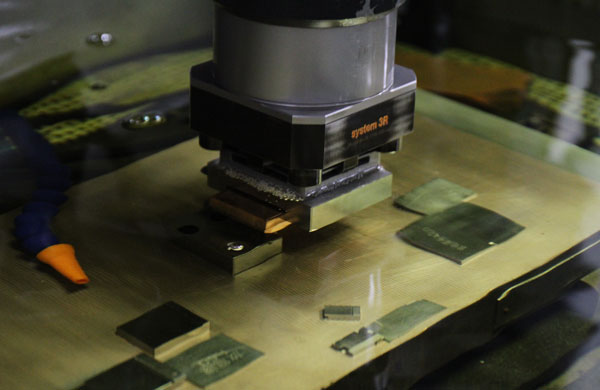
Prominent Characteristics of EDM
- Advantages of Post – Quenching Processing
Traditional processing methods often encounter difficulties in the quenching process because quenching deformation can have a significant impact on the size and shape of the workpiece. EDM cleverly avoids this problem. It can be carried out after quenching, effectively eliminating the troubles caused by quenching deformation to the workpiece and ensuring the dimensional accuracy and shape stability of the workpiece. - Ability to Process Complex Shapes
During the processing, the electrode and the workpiece do not directly contact each other, which means there is no cutting force in mechanical processing. This characteristic enables EDM to easily handle the processing of complex – shaped parts with low rigidity. Whether it is mold parts with complex internal structures and strange shapes or other workpieces that are difficult to process with traditional mechanical processing methods, EDM can complete the processing tasks with ease. - High Quality, Wide Adaptability, and High Automation
EDM performs excellently in terms of workpiece processing quality. It can achieve high-precision processing, enabling the surface quality and dimensional accuracy of the workpiece to reach a high level. At the same time, its processing adaptability is extremely wide, and it can process workpieces made of various materials and with different hardness levels. Moreover, with the continuous development of technology, the automation level of EDM is also increasing, greatly improving processing efficiency and production benefits.
Dongguan Yize Mold Co., Ltd. has been deeply engaged in the field of precision mold design and manufacturing and precision injection-molded product production since its establishment in 2007. Based in Dongguan, the company has focused on a complete set of solutions, including the design of products such as automotive connectors, medical product injection molding, dust – free injection molding, and custom PFA injection molding, as well as precision mold manufacturing, injection molding and assembly, and after – sales service. If you have relevant needs, please feel free to inquire. Tel: +86 13302615729 (WeChat and Whatsapp are the same).
